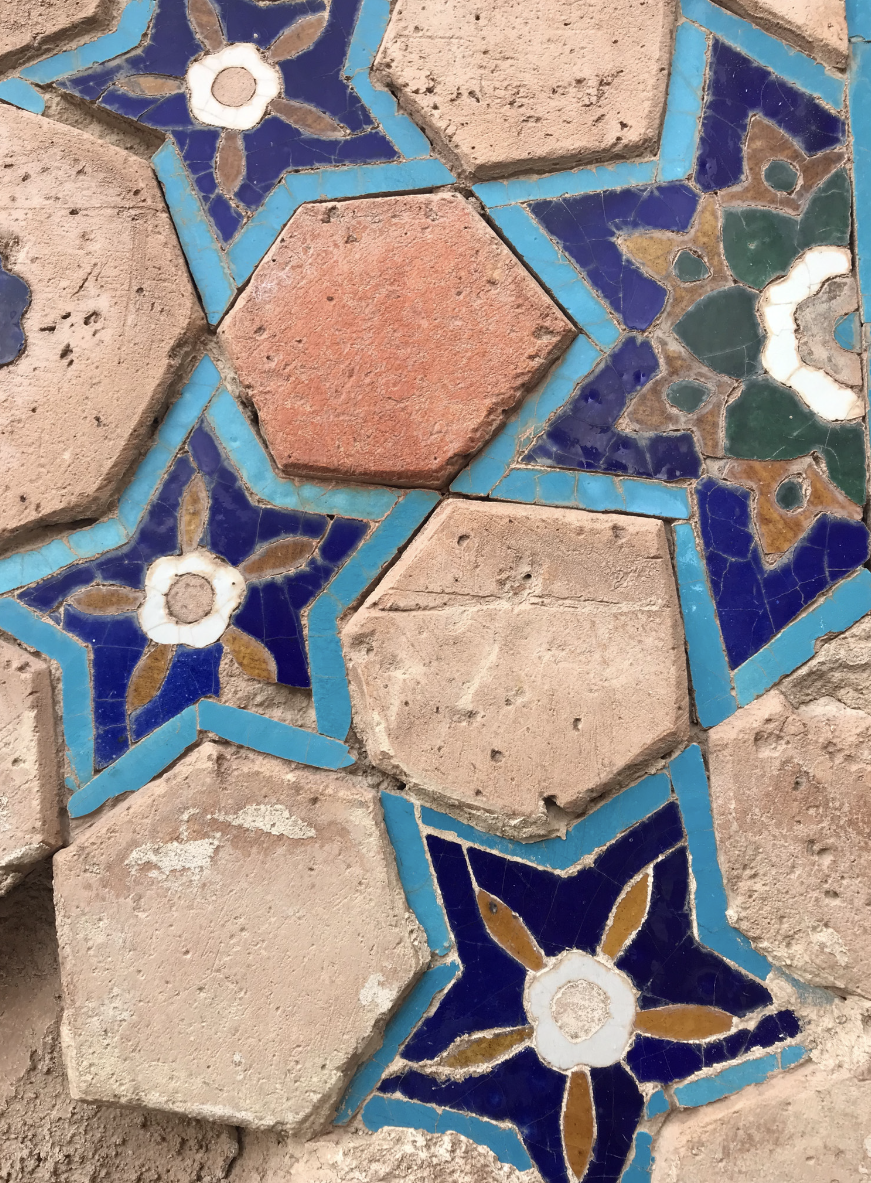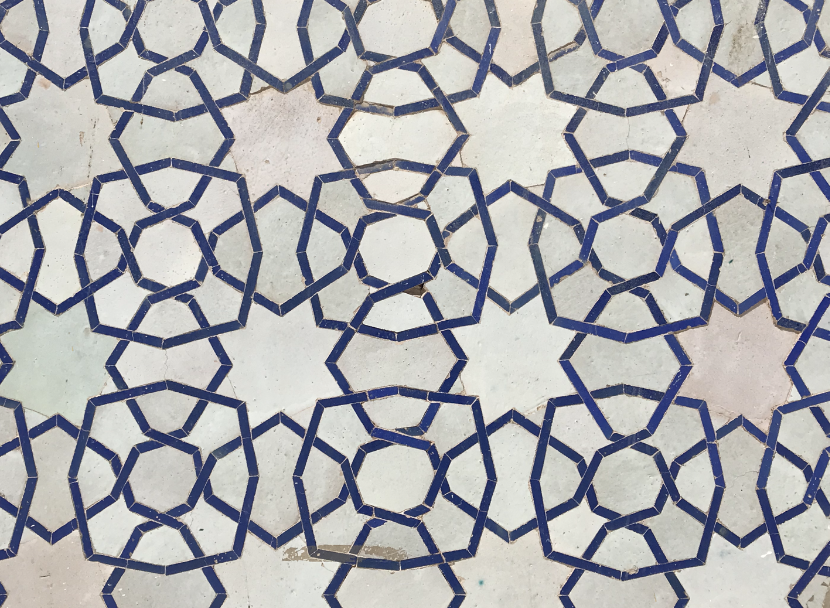Journey through Afghanistan
Travel through Afghanistan’s diverse landscapes to discover where we source our objects and meet some artisans along the way.
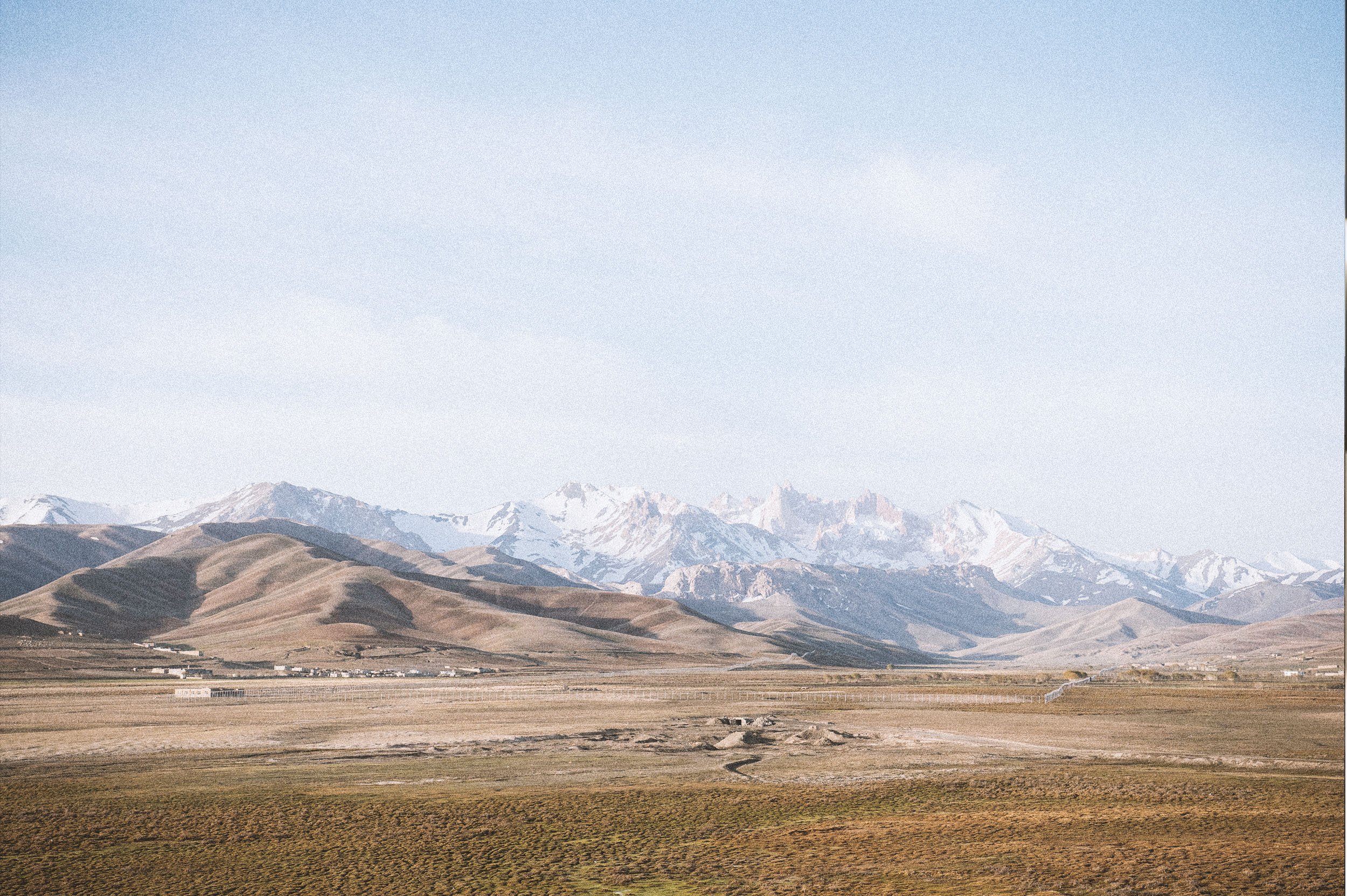
After more than four decades of war, and continuing economic and social instability, Afghanistan faces an uncertain future.
Drought, flooding, food insecurity, unemployment, inflation and the collapse of the economy are just some of the challenges Afghans are now facing. International support has also now waned as donor priorities shift and political interest is drawn elsewhere. Over half of the population are now in need of humanitarian assistance, with nearly 16 million facing acute food insecurity. Now more than ever, it is essential that Afghans receive the support they desperately need to rebuild their country and their lives.
Yet while the situation in Afghanistan is heartbreaking, the country is also filled with stories of courage, creativity, pride and ingenuity. At Artijaan, we work to support Afghans who are crafting a different narrative about their war-torn country, and slowly putting Afghanistan back on the map as a place of beauty, wonder and hospitality.
What began three years ago as a small collective of artisans has now grown into an internationally recognised brand, providing ethically curated craftwork to mindful consumers around the world.
Artijaan now collaborates with over forty artisans working with nine different crafts, has established 20 networks of over a thousand women, and supports 540 Micro, Small and Medium Enterprises in Afghanistan. Beyond the artisans themselves, we work with international NGOs such as Acted, as well as private entities such as the luxury fashion brand ZAZI to support local communities with capacity building and access to international markets.
Our current operational focus is on Afghanistan, where we work in 7 provinces.
Areas of operation
Kabul
The vibrant capital of Kabul is our heart and home in Afghanistan, serving as our base of operations where we design and co-create with many of our artisan partners. Nestled at the center of a triangular valley, Kabul is surrounded by a hug of mountains. Flying over their craggy peaks before descending into the city is an unforgettable sight. Over the years, the city has steadily expanded, drawing people from all corners of Afghanistan to form a cultural and ethnic melting pot. Situated at the crossroads between western and eastern Asia, Kabul boasts a rich history that stretches back nearly 3,500 years.
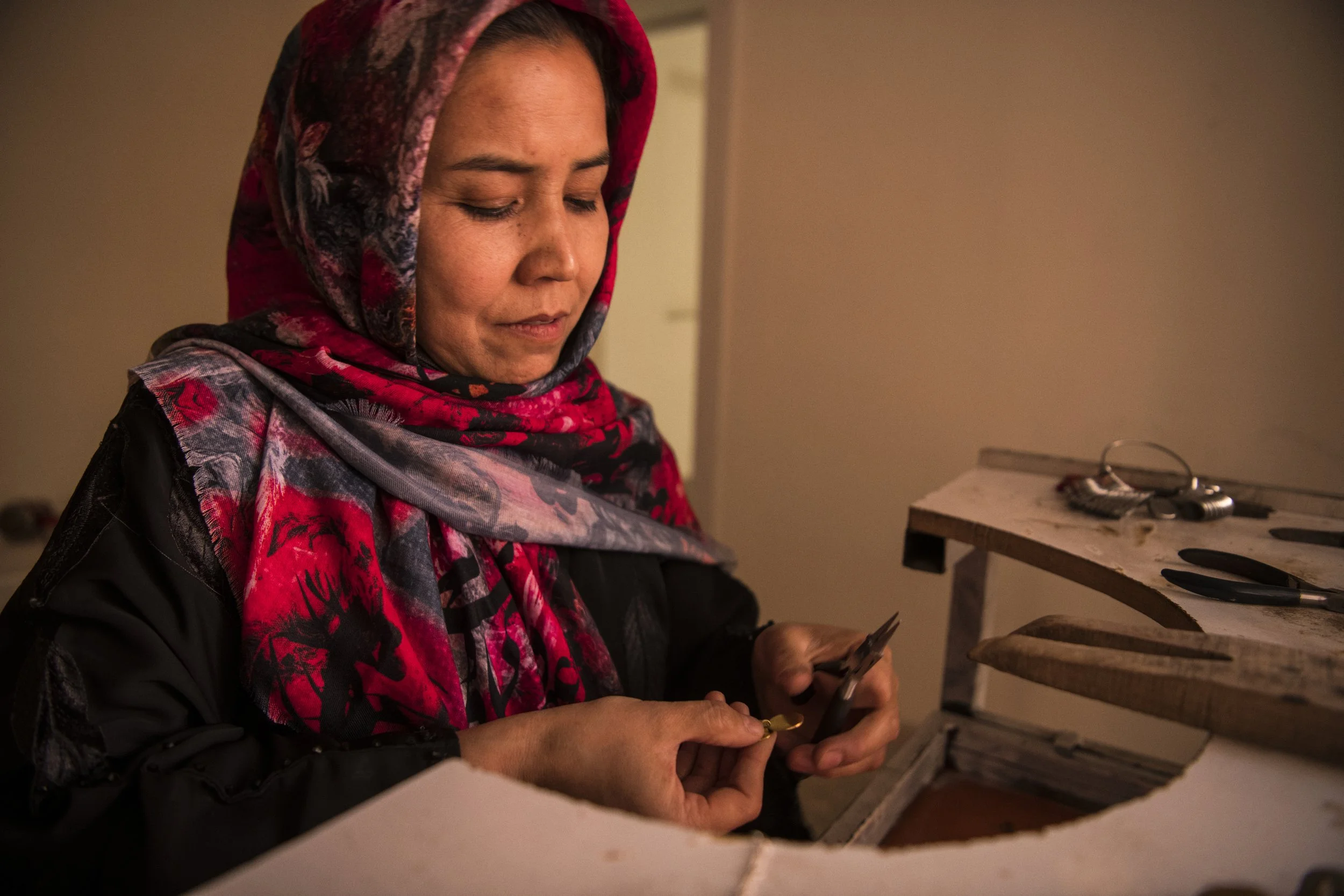
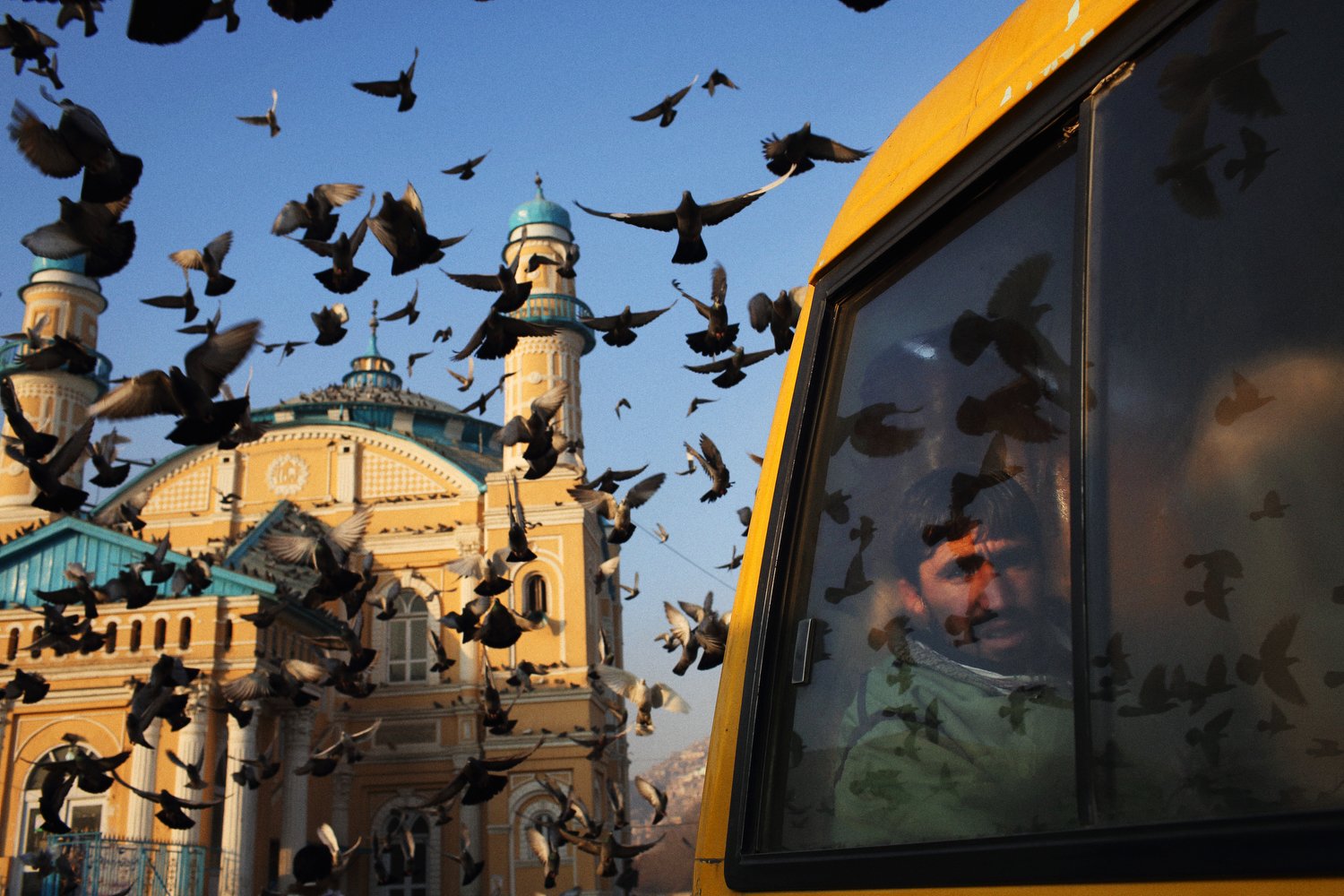

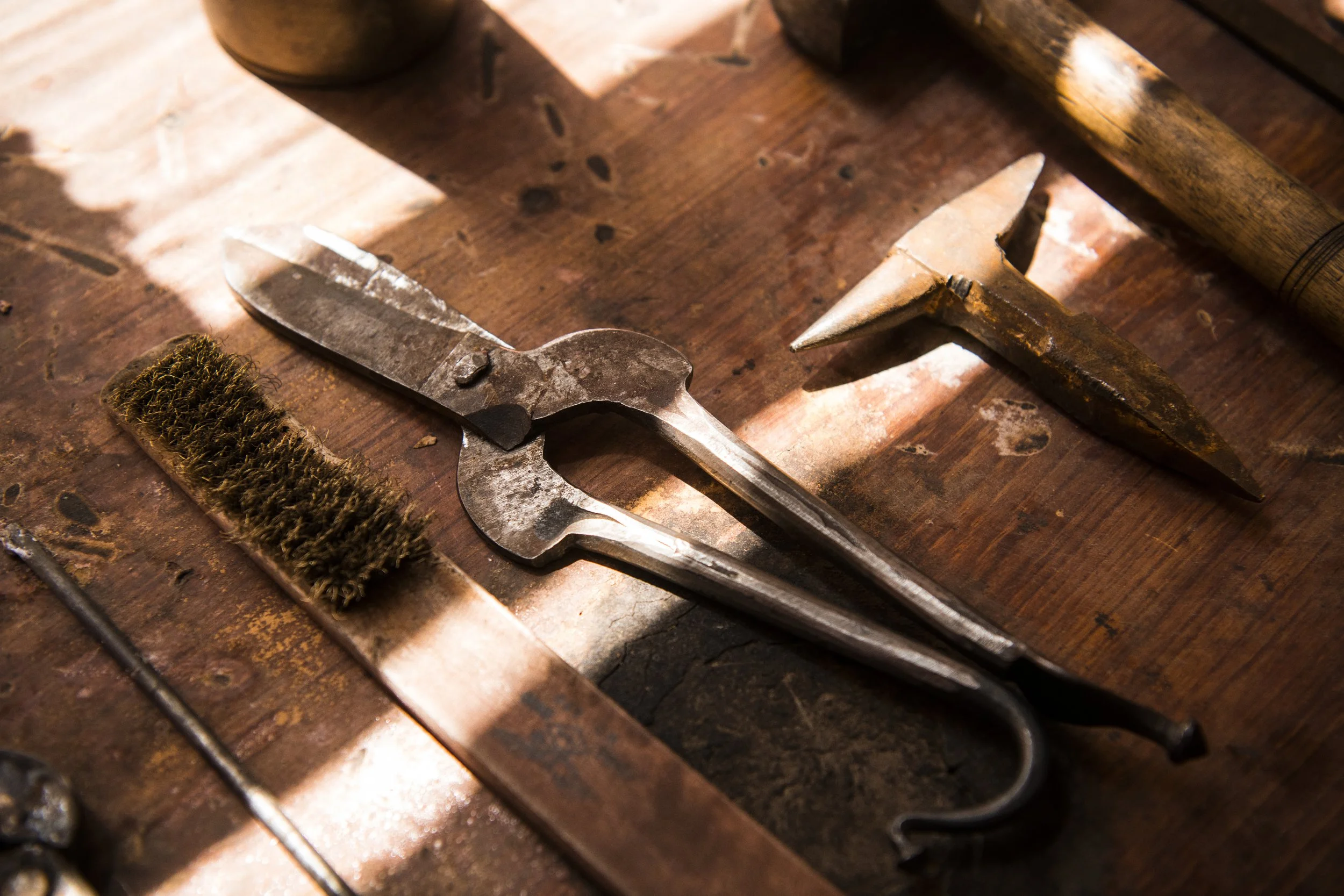
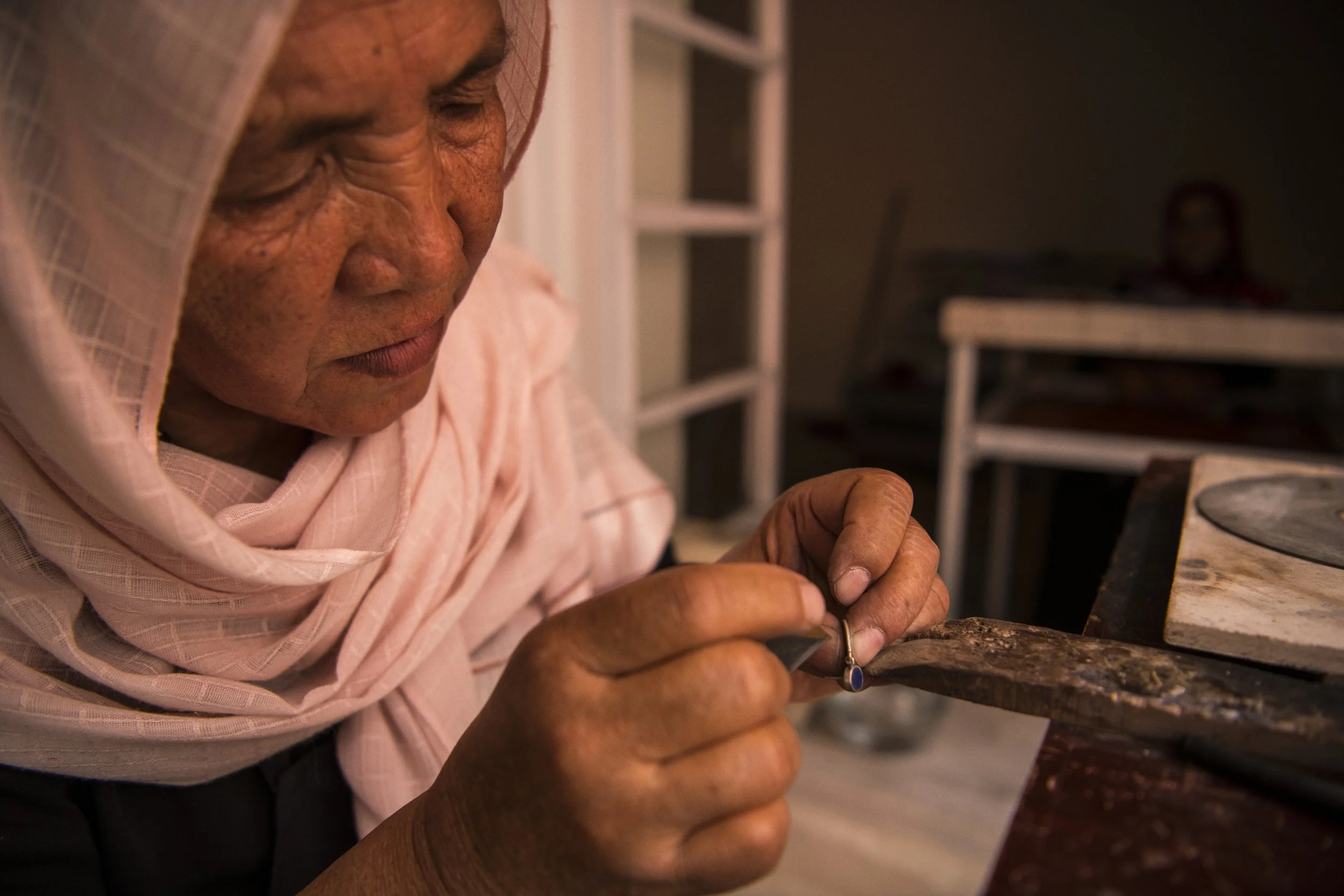
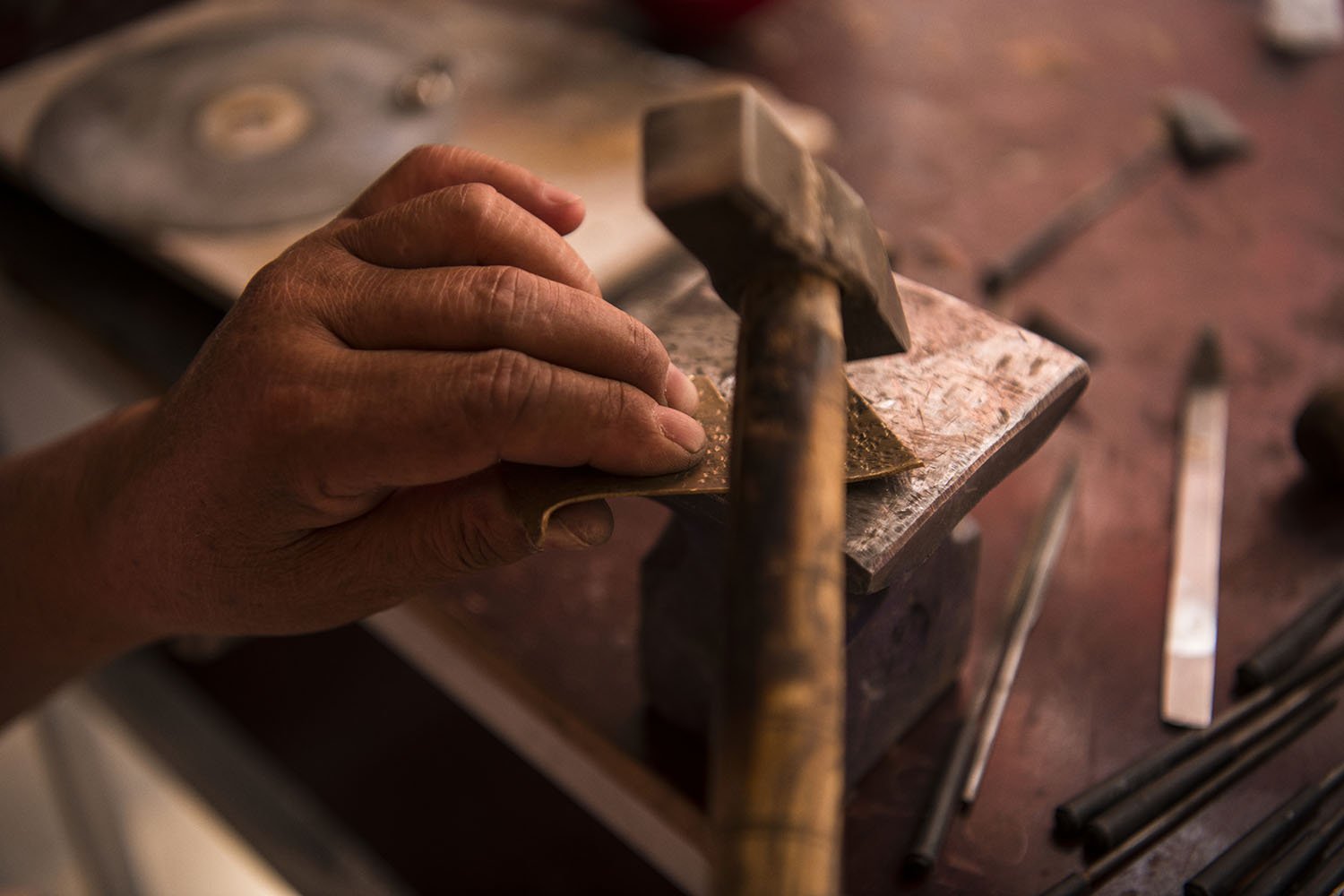


Bamyan
On the road to Bamyan, the rugged, snow-dappled mountains of the Hindu Kush give way to bucolic scenes in the valley below. Caves, hewn into the cliffside, where Buddhist monks once retreated to mediate, resemble honeycomb when viewed from a distance. In the central highlands of Afghanistan, Bamiyan province boasts a rich cultural heritage and an array of archeological wonders. Roughly 240 kilometers west of Kabul, Bamiyan city sits at lofty 2,550 meters above sea level, deserving its moniker, “roof of the world” or “place of shining light.








Herat
The azure blue tiles of Herat’s Friday Mosque gleam in the fading afternoon light as the call to prayer rings out over the marbled courtyard below. The oasis city of Herat serves as the capital of Afghanistan’s westernmost province and the birthplace of heritage glassblowing. Many a conqueror has laid claim to these lush and fertile lands. Alexander the Great once swept through the region, building a fortified citadel which, more than 2,000 years later, still stands as a sentinel over the valley. Under the Timurid Empire, Herat became the fulcrum of the Timurid Renaissance, a period of Islamic artistic and cultural revival. Herat remains an important cultural center, the legacy of its rulers evident in the colorful minarets and domes which dot its skyline.





